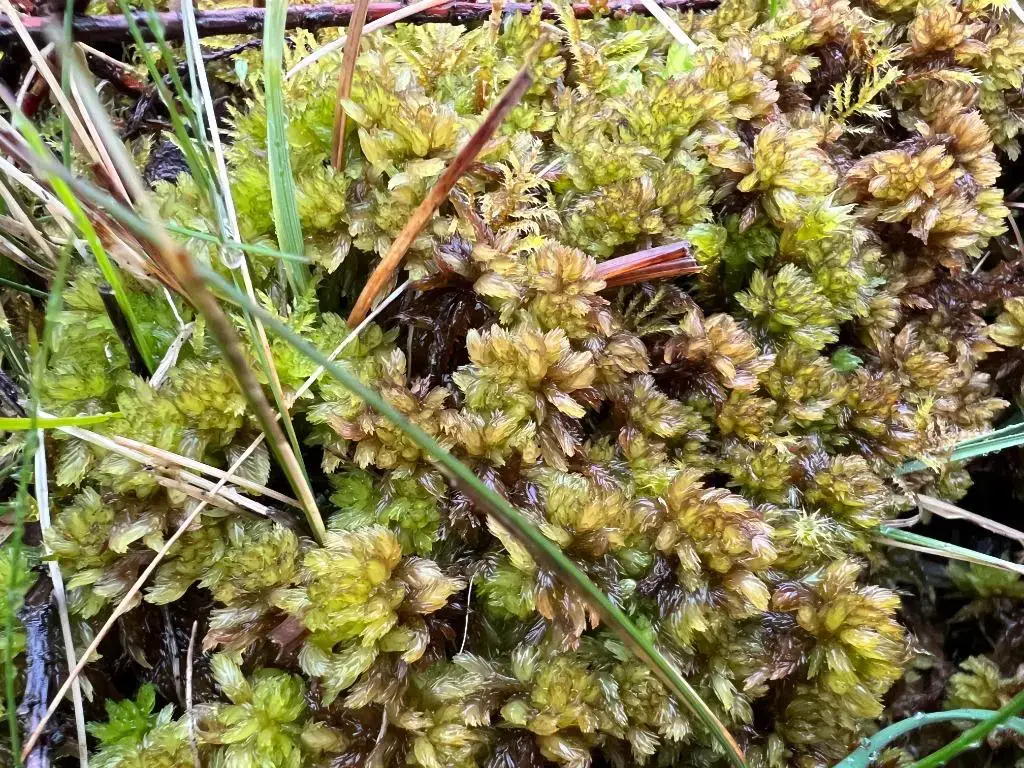
236130.jpg from: https://inpn.mnhn.fr/espece/cd_nom/6754
Introduction
Welcome, fellow moss enthusiasts! Today, we’re going to delve into the fascinating world of Sphagnum auriculatum Schimp., a remarkable moss species from the Sphagnaceae family, also commonly known as Sphagnum. Prepare to be captivated by the intricate details and unique characteristics of this unassuming yet extraordinary plant.
Background
Before we dive into the specifics of Sphagnum auriculatum Schimp., let’s set the stage with a brief background on mosses. These diminutive plants belong to the division Bryophyta, which encompasses the phylum Sphagnopsida (peat mosses) and several other groups. Mosses are non-vascular plants, meaning they lack the specialized tissues found in more complex plants for transporting water and nutrients. Despite their small stature, mosses play a crucial role in various ecosystems, acting as pioneers in colonizing new environments and contributing to soil formation.

sphagnum-auriculatum-janet-baxterscience-photo-library.jpg from: https://pixels.com/featured/sphagnum-auriculatum-janet-baxterscience-photo-library.html
Main Content
Morphology and Identification
Sphagnum auriculatum Schimp. is a striking moss species that can be identified by its distinctive features. It forms dense, compact cushions or mats, with stems that can reach up to 10 centimeters in length. The leaves are ovate-lanceolate in shape, with a recurved apex and a concave base that resembles a small ear, hence the specific epithet “auriculatum” (meaning “eared”). The leaf cells are highly specialized, with large, hyaline cells interspersed with smaller, chlorophyll-containing cells, giving the plant a unique appearance.
Global Distribution and Habitat
Sphagnum auriculatum Schimp. is widely distributed across the Northern Hemisphere, including Europe, Asia, and North America. It thrives in a variety of habitats, such as bogs, fens, swamps, and other wetland areas. This moss species is particularly well-adapted to acidic and nutrient-poor environments, making it a common sight in peatlands and sphagnum bogs.
Ecological Roles and Adaptations
Sphagnum auriculatum Schimp., like many other Sphagnum species, plays a vital role in the formation and maintenance of peatlands. These mosses have an incredible ability to absorb and retain water, acting as natural sponges in their environment. This characteristic not only helps regulate water levels but also contributes to the accumulation of partially decayed organic matter, leading to the formation of peat.
One of the remarkable adaptations of

2019-05-04-11-22-31-800×600.jpg from: https://www.britishbryologicalsociety.org.uk/learning/species-finder/sphagnum-auriculatum/
Sphagnum auriculatum Schimp. is its tolerance to acidic conditions. The specialized leaf cells, known as hyaline cells, are capable of exchanging cations (positively charged ions) with the surrounding environment, effectively acidifying their immediate surroundings. This adaptation allows the moss to thrive in environments that would be inhospitable to many other plant species.
Case Study: Peatland Restoration
Sphagnum auriculatum Schimp. has been widely used in peatland restoration projects, particularly in areas where peatlands have been degraded or drained for various purposes. By reintroducing this moss species, along with other Sphagnum mosses, conservationists aim to restore the natural hydrology and ecological functions of these valuable ecosystems. The ability of

46393470494_ac388c5867_b.jpg from: https://www.flickr.com/photos/155873633@N07/albums/72157706244544584
Sphagnum auriculatum Schimp. to rapidly colonize and establish itself makes it an invaluable tool in these restoration efforts.
Technical Table
| Characteristic | Description |
|---|---|
| Phylum | Bryophyta |
| Class | Sphagnopsida |
| Order | Sphagnales
 obsfoto_f8ce1b06-0091-48fa-a261-0c83dfd0bfe7.jpg from: https://www.naturbasen.dk/art/8315/roedbrun-toervemos |
| Family | Sphagnaceae |
| Genus | Sphagnum
 sphagnum3_934c207f-91bb-4ccc-9a69-3cb114b7c7b9_1491x1930.jpg from: https://pistilsnursery.com/collections/for-your-plants/products/sphagnum-moss |
| Species | Sphagnum auriculatum Schimp. |
| Common Name | Sphagnum moss |
| Habitat | Bogs, fens, swamps, wetlands |
| Distribution | Northern Hemisphere (Europe, Asia, North America) |
| Leaf Shape | Ovate-lanceolate, recurved apex, concave base |
| Leaf Cells | Hyaline cells and chlorophyll-containing cells |
| Ecological Role | Peatland formation, water regulation, acidification |
Conclusion
Sphagnum auriculatum Schimp. is a true marvel of the moss world, showcasing remarkable adaptations and playing a vital role in the intricate web of life. From its unique morphology to its ability to thrive in acidic environments and contribute to peatland formation, this unassuming plant deserves our utmost respect and appreciation. As we bid farewell to our exploration of this fascinating species, I leave you with a thought-provoking question: How can we better protect and conserve the delicate ecosystems that rely on mosses like Sphagnum auriculatum Schimp.?